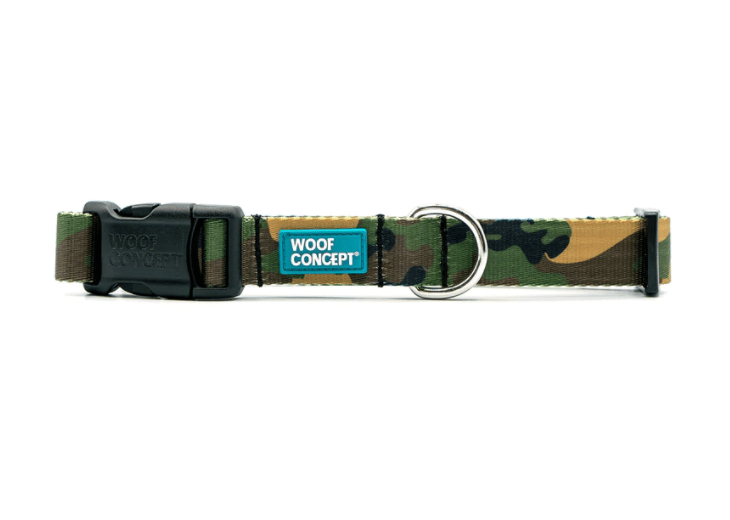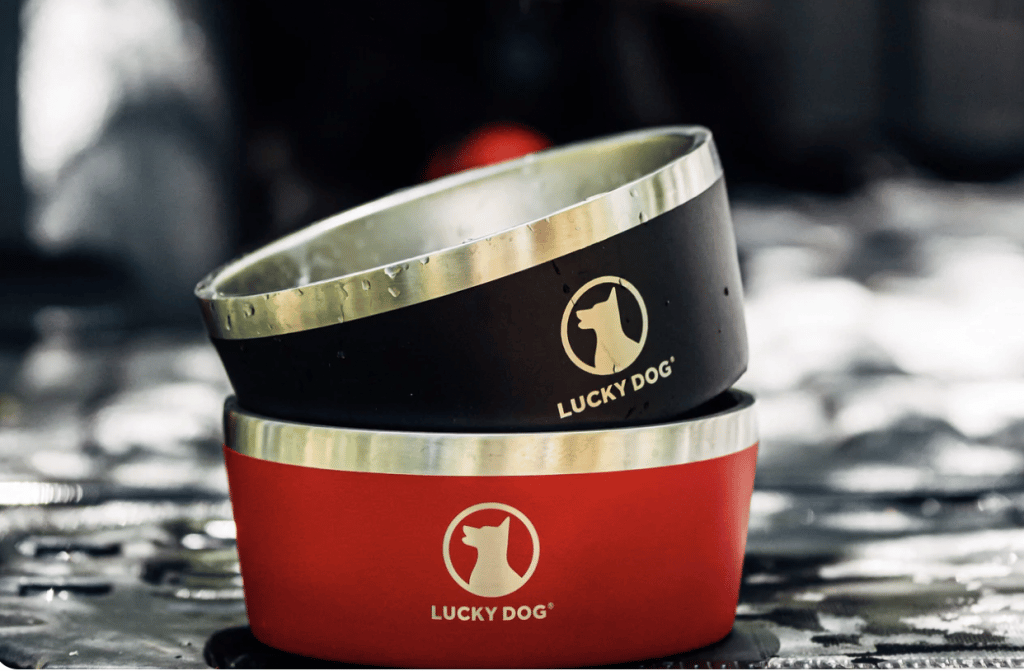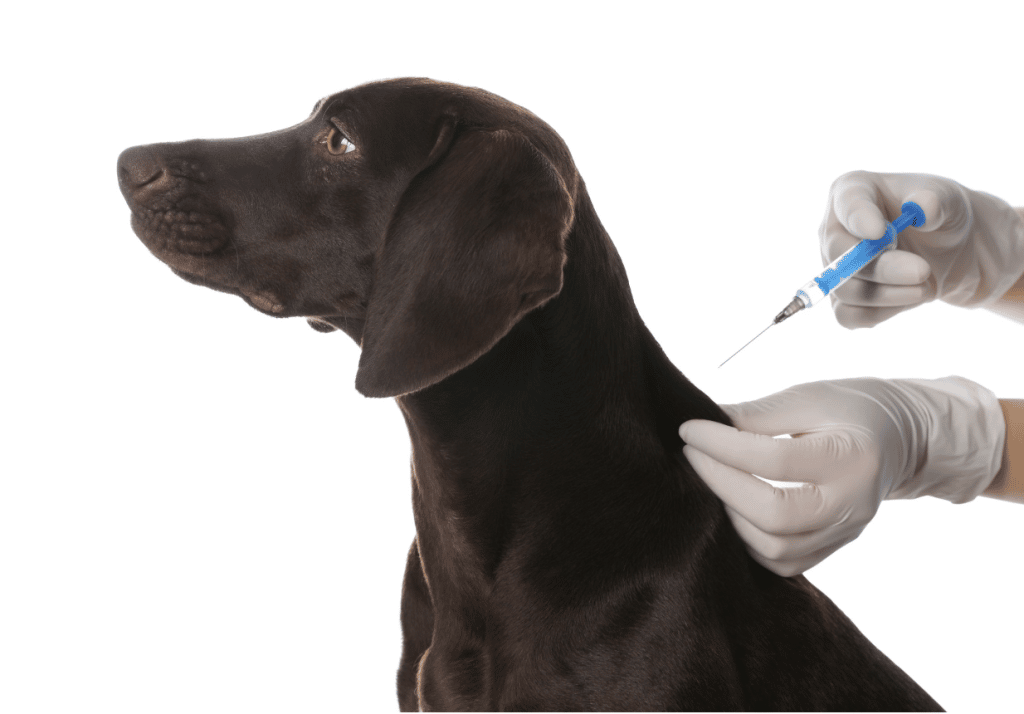This article has been reviewed and fact-checked by science writer, author, and canine nutritionist Linda P. Case.
STORY AT A GLANCE
- Toxicity varies by chocolate type: Dark chocolate and baking chocolate are more dangerous than milk chocolate due to higher theobromine content. The darker the chocolate, the more risky it is for dogs
- Size matters: A dog’s size significantly affects how much chocolate they can safely consume. What might be a harmless amount for a large breed could be dangerous for a small dog.
- Small amounts may be tolerated: While chocolate should never be a regular part of a dog’s diet, small quantities from time-to time are unlikely to cause any harm, especially for larger dogs.
- Symptoms can be severe: Theobromine poisoning can lead to serious symptoms including vomiting, seizures, an irregular heartbeat, and, in extreme cases, death. Always monitor a dog closely if they’ve consumed a large amount of chocolate. It goes without saying, but we’ll say it: If your dog shows symptoms, immediate veterinary care is crucial.
*****
Talk chocolate and dogs in the same sentence, and all hell can break loose. Go ahead, bring it up at the next cocktail party, and watch what happens! Why? Because we’ve all pretty much been taught and conditioned to believe that feeding any amount of chocolate to dogs is [always] dangerous and potentially fatal. In other words, don’t do it. Chocolate is off limits! Period.
So, the first big question is this: Are the concerns about chocolate warranted? Well, yes and no. Yes, because there is a very real danger if the dog consumes too much. No, because as is the case with so many other foods, it comes down to moderation and vigilance. If “do no harm” is your creed, a little bit of chocolate is not likely to cause any problems for your pooch! At the end of the day, though, you make the day-to-day choices for your dog just as you would for any family member. So, no matter what we share in this article, we’ll count on you to stay in your comfort zone.
Okay! Let’s get into it.
FIRST, WHAT’S IN CHOCOLATE THAT CAN BE DANGEROUS TO YOUR DOG?
The cause for concern with chocolate is that it contains theobromine, a compound that dogs metabolize much more slowly than humans. Theobromine is a stimulant similar to caffeine and is the primary culprit behind chocolate’s toxicity to dogs.
While humans can process and excrete theobromine relatively quickly, dogs metabolize it much more slowly, so it has the potential to build up to toxic levels in their system. This slow processing is why the effects of chocolate ingestion in dogs can last for many hours and why, in some cases, even a moderate amount can be dangerous.
ARE SOME CHOCOLATES SAFER THAN OTHERS FOR DOGS?
Comparatively speaking, dark chocolate and baking chocolate contain higher concentrations of theobromine than milk chocolate. While it’s true that large quantities of any chocolate can be harmful to dogs, the idea that any amount of chocolate is lethal is somewhat exaggerated. In reality, small amounts of chocolate are unlikely to cause any harm to most dogs, especially larger breeds. Similarly, baked goods that contain some chocolate flavoring contain far less theobromine than chocolate candy or baking chocolate.

Photo: Envato Elements
HOW MUCH CHOCOLATE IS SAFE FOR DOGS?
The amount of chocolate that can be safely consumed depends on the dog’s size, the type of chocolate, and individual sensitivity. As a general rule, milk chocolate is less dangerous than dark chocolate due to its lower theobromine content. This doesn’t mean, however, that milk chocolate should be given freely. If you choose to offer your dog chocolate, it’s best to stick to small quantities and then, at least initially (think peace of mind), monitor them closely for any adverse reactions. Assuming everything is fine, we don’t suggest increasing the amount for the sake of testing the dog’s limits . . . keep it as a small treat that the dog can enjoy from time-to-time, perhaps, when you’re savoring a piece for yourself.
WHAT CAN HAPPEN IF A DOG CONSUMES TOO MUCH THEOBROMINE?
When a dog consumes too much theobromine, it can lead to a range of symptoms and health effects, varying in severity based on the amount ingested and the dog’s size. Here are the main effects and symptoms of theobromine toxicity in dogs:
Gastrointestinal Distress
- Vomiting
- Diarrhea
- Abdominal discomfort
Nervous System Stimulation
- Restlessness and hyperactivity
- Tremors or muscle twitching
- Seizures in severe cases
Cardiovascular Effects
- Increased heart rate
- Abnormal heart rhythm (arrhythmia)
- High blood pressure
Urinary System
- Increased urination
- Possible incontinence
Other Symptoms
- Excessive thirst
- Panting
- Elevated body temperature
- In more severe cases or with higher doses, additional symptoms may include:
- Muscle rigidity
- Respiratory failure
- Coma
- In extreme cases, theobromine poisoning can be fatal, typically due to cardiac arrhythmias or respiratory failure.
It goes without saying that if you suspect your dog has consumed a large amount of chocolate or is showing any of these symptoms, reach out to your veterinarian. The vet may induce vomiting if the ingestion was recent, provide supportive care, and monitor the dog’s heart rate and other vital signs. Prompt treatment significantly improves the prognosis for dogs with chocolate toxicity.
FOR THE NUTRITIONAL GEEKS OUT THERE: WHAT SPECIFICALLY DOES THEOBROMINE DO IN THE BODY?
Theobromine affects dogs in several specific ways due to its pharmacological properties:
- Cardiovascular effects:
- Acts as a vasodilator, widening blood vessels
- Increases heart rate
- Can cause arrhythmias due to its impact on heart muscle function
- Diuretic action:
- Increases urine production, potentially leading to dehydration
- Central nervous system stimulation:
- Acts as a stimulant, similar to caffeine
- Can cause restlessness, hyperactivity, and in severe cases, seizures
- Smooth muscle relaxation:
- Relaxes bronchial muscles, which can affect breathing
- May cause gastrointestinal upset due to its effect on intestinal muscles
- Metabolic effects:
- Increases basal metabolic rate, potentially raising body temperature
- Inhibition of cellular phosphodiesterases:
- This action prolongs the effects of cyclic AMP in cells, contributing to its stimulant effects
- Competitive adenosine receptor antagonist:
- Blocks adenosine receptors, which normally have a calming effect, further contributing to stimulation
When all is said and done, we’re not offering any specific suggestion here as to whether or not you choose to give your dog chocolate or chocolate-flavored treats. Hank, my Labrador Retriever, gets an occasional piece. He absolutely loves it and hasn’t had any issues. Again, it’s only occasional, and I break off one small square from a 3 oz bar of high-quality chocolate. In other words, moderation—and peace of mind—is the key when it comes to portion size, especially when introducing chocolate for the first few times. Absolutely watch for any signs of an adverse reaction, and if all is okay, you can feel good about offering it as an occasional snack. It turns out that dogs can be chocolate lovers too!
All of the information contained in this article was reviewed and fact-checked by Linda Case, an internationally known science writer, author, canine nutritionist, and dog trainer. She is the founder of The Science Dog and the author of several books, including DOG FOOD LOGIC and FEEDING SMART. You are invited to sign up for one of Linda’s canine nutrition and feeding courses on her website. Linda Case is also the featured guest on Episode 2 of Love, Dog: The Podcast.
subscription
LOVE, DOG













